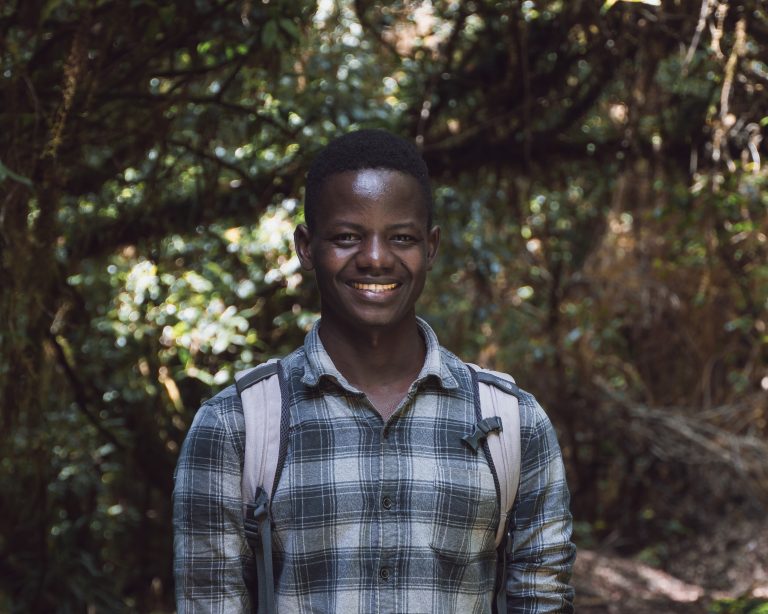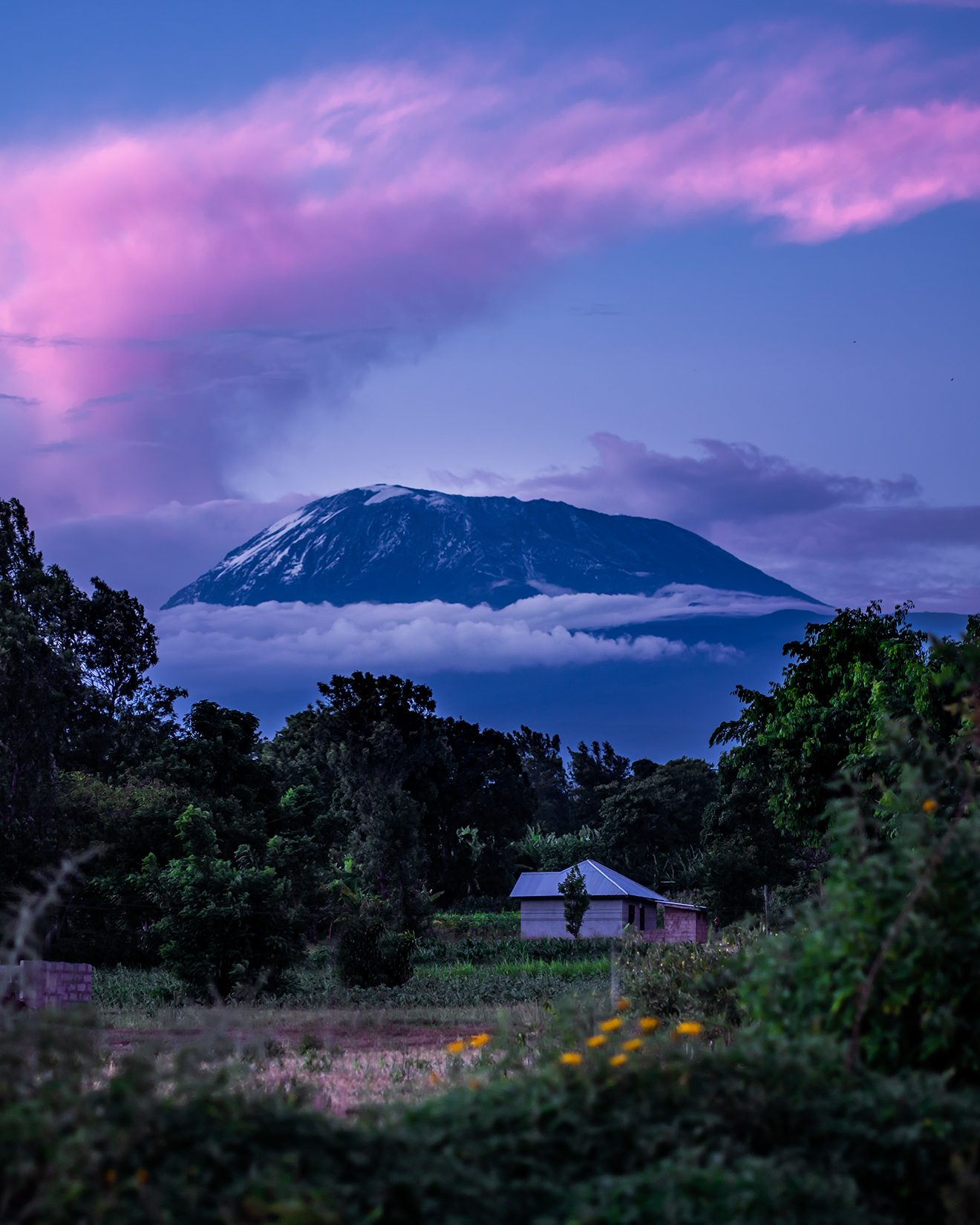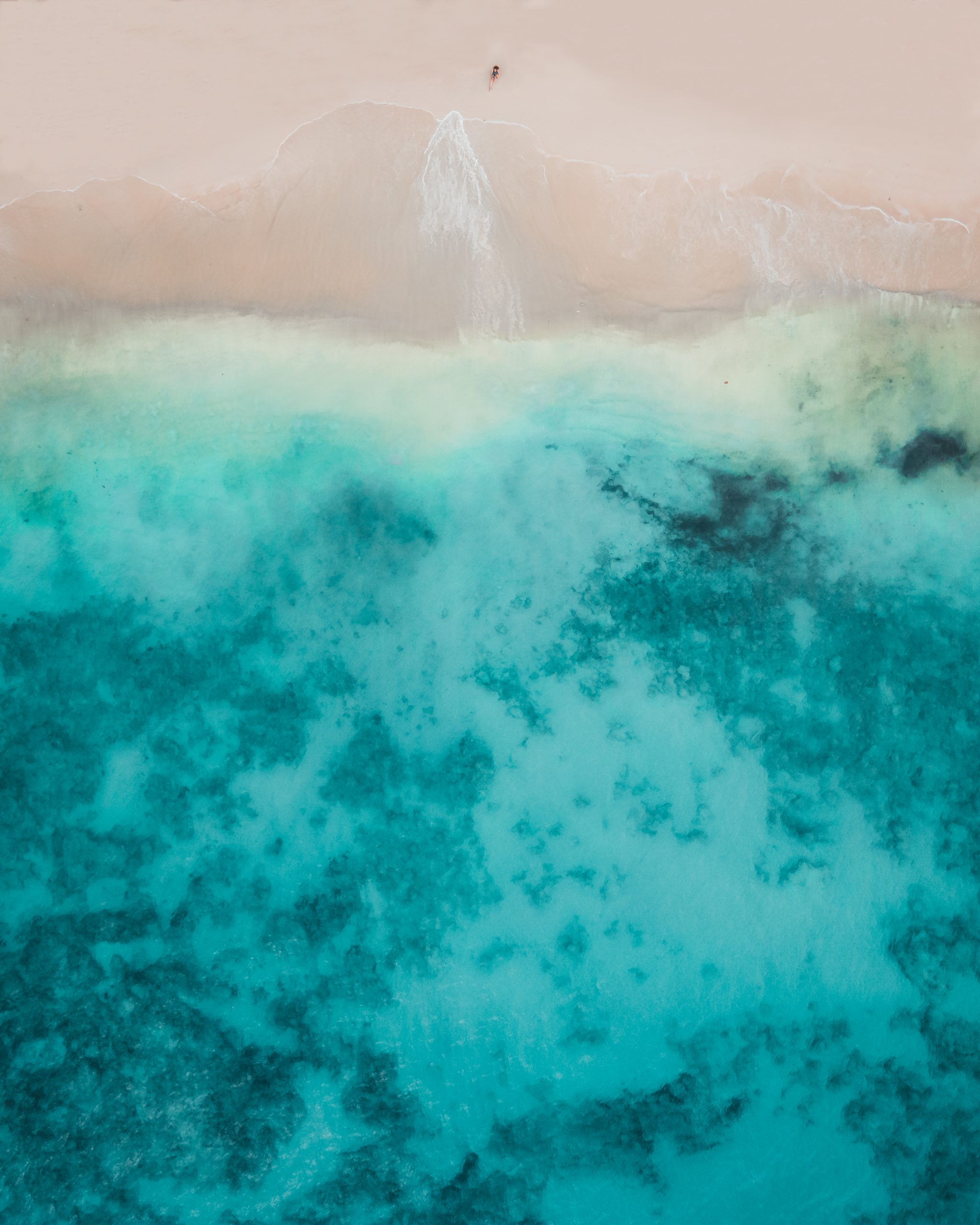
I’ve been getting quite a few questions on what to do in Tanzania, so I thought i should put together a short and sweet go‑to guide if you are interested in visiting at some point in the future.
let’s get started.
just adding here that this is based on my personal itinerary and you should feel free to create an itinerary that pertains specially to you.
1. MT KILIMANJARO DAY HIKE: FROM MARANGU GATE TO MANDARA HUT
It’s very common for a lot of travelers to Tanzania to climb Mt Kilimanjaro. Some people train for it, others don’t. I wasn’t so sure that I wanted to spend 6 out of my 10 days in Tanzania hiking Kilimanjaro but I still wanted to experience, so i thought it would be best to start with the day hike from Marangu Gate to Mandara Hut (the first base camp of Mt Kilimanjaro)
It is a great tour for beginners to explore this majestic mountain giant and will give you a sense of what kind of endurance and stamina you need to carry on with the full experience to get to the summit. Our guide on the hike was a young man named Deos who took his time to tell us more about his country, where he grew up, what the 6 day hike looked like, how to prepare for it should we decide to come again another time. He made the experience all the more wholesome.
As you hike up to Mandara Hut (2,700 m) elevation: you will feel the air starting to get a little thinner. You will also get to see some beautiful blue vervet monkeys along your path.
You gotta try it to see what i mean. And if you did the whole summit before: mad respect for you 🙂

Reaching Mandara hut was really something else. We were a bit disappointed when we made it because the clouds were covering Mt Kili so we weren’t really able to take a good look at it. We did wait a few hours though, but then it was starting to get a little late and we had to descend back down to be able to make it back before dark.
HOWEVER, on our way back down the skies cleared up and the sunset over the majestic mountain was definitely an unmatched sight. We were heading back to our hotel and I had to get our guide at Africa Natural Tours to stop so that I can capture that moment.

2. NGORONGORO CONSERVATION AREA
here’s something interesting about this place: Ngorongoro (pronounced kor-on-go-ro) means ‘sound of the cow bell’ a name that the Masai had given it. the conservation area was once a gigantic volcano that erupted and collapsed on itself. This eruption, which happened around 2 million years ago, created a massive hole (it’s more gigantic than you think) that is filled with greenery and more importantly, wildlife. It is now regarded as the world’s largest, inactive, unbroken and unfilled volcanic caldera.
When visiting the Crater, you will see that it is home to 30,000 animals ranging from leopards, elephants, hyenas, black‑maned lions, cheetahs, warthogs, buffalos, baboons, impalas as well as the endangered black rhinos.
A great excursion, especially for those who are keen to see the “big 5”
The conservation area is also home to 40,000 Masai who live in tandem with the wildlife, but overtime, they started living a little more on the outskirts of the crater rather than the center to steer away from the dangers of wildlife.
3. TARANGIRE NATIONAL PARK
So we had the option of either visiting the Serengeti or heading to Tarangire. Tarangire, considered the 6th largest park in the whole of Tanzania. You might think that's not so big, but it's actually pretty huge. We opted for Tarangire cause I wanted something different. We were doing a lot of area coverage in 10 days and I wanted to save the Serengeti for a different standalone experience.
Tarangire, located in Arusha, which lies in the Manyara region north of Africa is the 6th largest national park in Tanzania and covers an area of 2,600 square kilometers, and let me tell you... you should definitely add this to your list of places to visit when you're in Tanzania. They usually don't operate in April and May since rainfall is quite high throughout this season.
We took an internal flight from Dar Es Salaam to Kilimanjaro Airport, which was the closest way to get there.We were there in December and it was really something else. There’s a lot of diversity in the landscape, from tall Boabab trees to ribbon-like rivers, and plenty of wildlife. It’s quite easy to be able to see Wildebeests for starters, and a few other animals which include Zebras, Lions, Girrafes, Impalas and Elephants. It might be rare to spot a Leopard or a Rhino though.
It’s also home to over 500 different bird species which make it great for bird watchers and it is packed with the Boabab trees. Those trees can live up to 5,000 years, reach up to 30 meters high and can be up to 50 meters in circumference. The people of Tanzania call it The African Tree of Life.
it is a beautiful start to the African journey.
4. THE HADZABE AND DA TOGA TRIBES
now THIS is an experience that you just HAVE to be a part of, for many reasons.
The Hadzabe bushmen are believed to be the last true hunter-gatherers in the world.
in lake Eyasi region in northern Tanzania, a small tribe called the Hadza lives, usually based underneath rocks, underneath closed countered boabab trees or in caves to protect them from the rain. Game meat makes up the bulk of the Hadza tribe’s diet, making sure that every part of the entire animal is consumed, including the bones. it’s considered a prized food source. An additional diet source includes boabab fruits, and honey that is extracted from inside a tree that is filled with stingless bees.
How does that Hadza tribe hunt? they trade off some of their gains with the Da Toga tribe who are another community that usually live nearby and are welders, creating really sharp arrows that they could use to hunt.
they also have a click language. Tanzania in general is made up of 126 different tribes, each with their own dialect and their own form of communication. it’s mindblowing!
Our guides were very informative and were able to speak Hadza and communicate with the chief of the tribe who took us on a hunting expedition to show us what a day in the life of a Hadza family looks like. it’s not everyday that they manage to catch a big animal such as a warthog or a baboon, but when they do, the food can actually last them and their families for up to a week. On our day they did end up catching a bird, but it was such a difficult sight for me to watch. Imagine that this is something that is part of their day to day life.
a really challenging yet rewarding and culture-opening travel experience. I know I might have made it sound like it’s a horrific experience, but this is their life and this is how they survive the African environments and if you ask them, they will tell you they are content with their lives. and that’s all that matters right?
SAVE THIS FOR LATER
I’ll be sharing another post about a first timer’s guide to Tanzania next week, be sure to check it out.
Check out my instagram @dimavisuals if you want the latest updates of my travels


